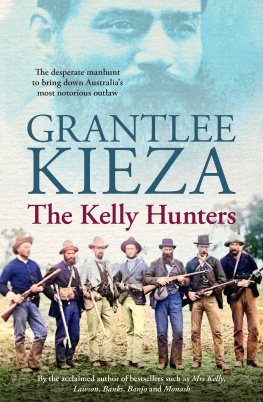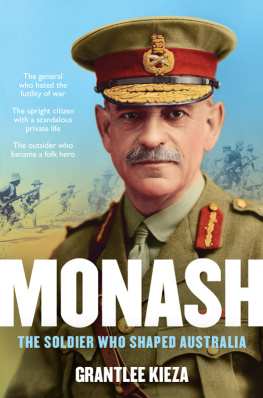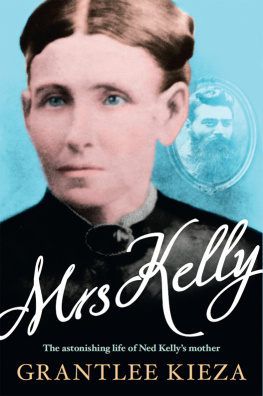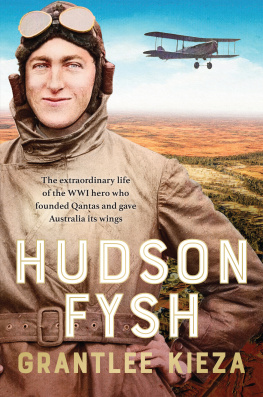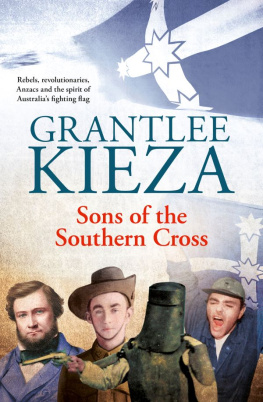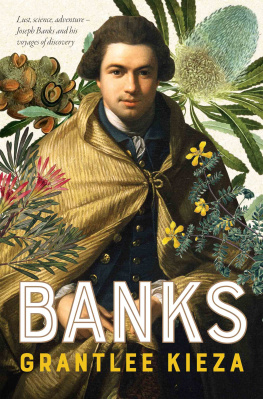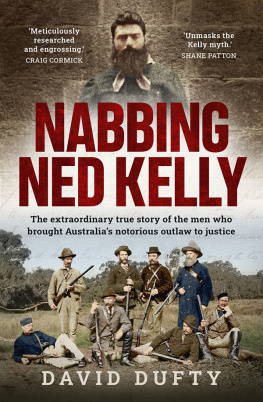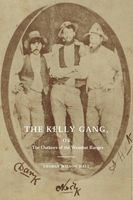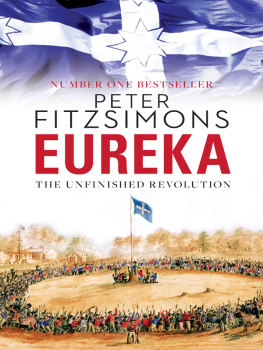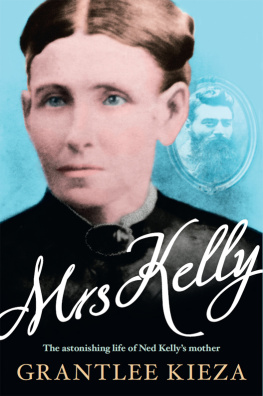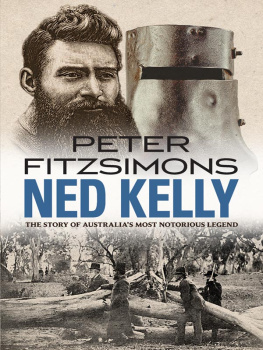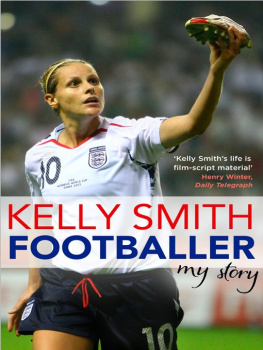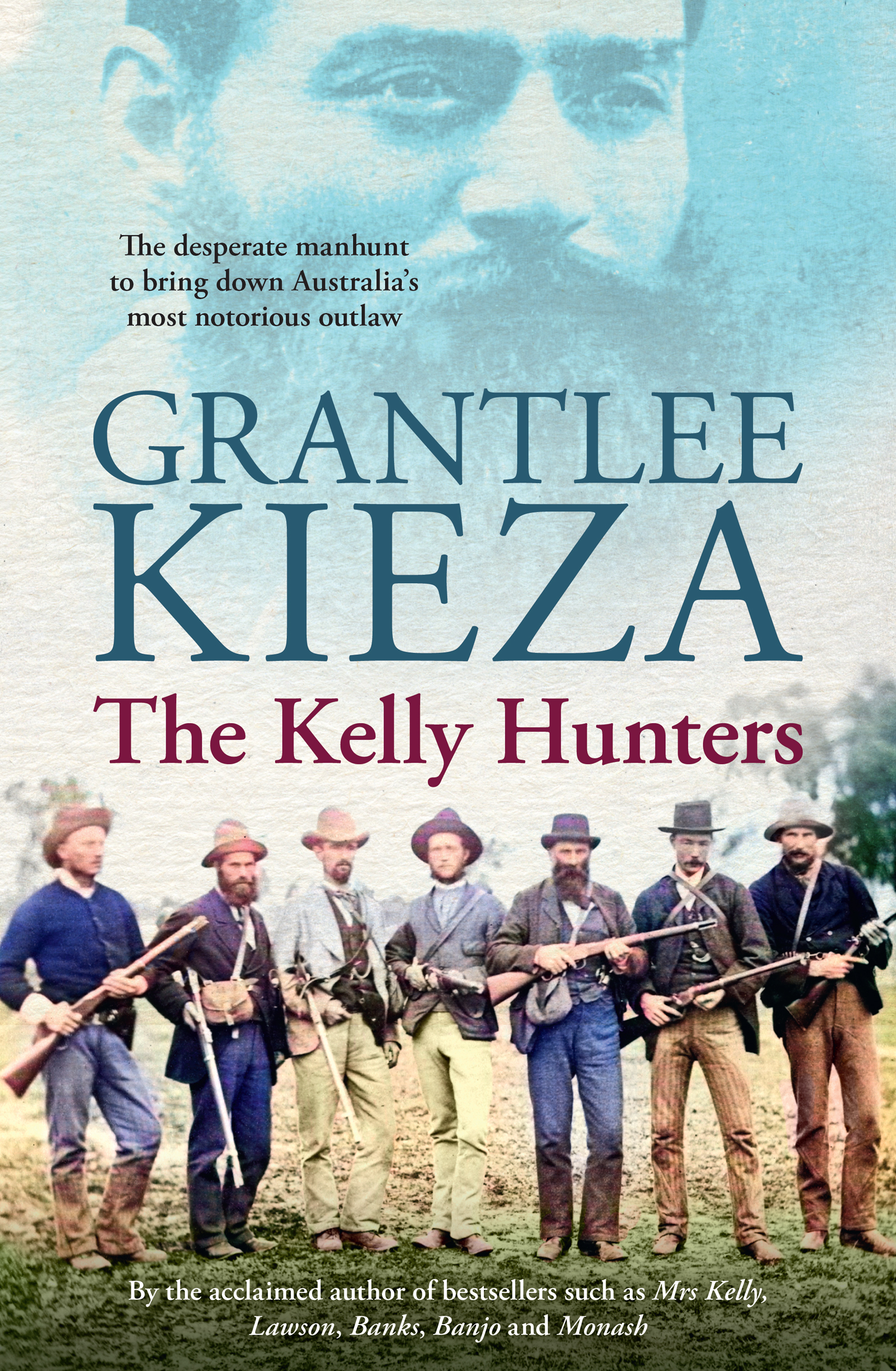Grantlee Kieza - The Kelly Hunters
Here you can read online Grantlee Kieza - The Kelly Hunters full text of the book (entire story) in english for free. Download pdf and epub, get meaning, cover and reviews about this ebook. City: Sydney, year: 2022, publisher: ABC Books, genre: History. Description of the work, (preface) as well as reviews are available. Best literature library LitArk.com created for fans of good reading and offers a wide selection of genres:
Romance novel
Science fiction
Adventure
Detective
Science
History
Home and family
Prose
Art
Politics
Computer
Non-fiction
Religion
Business
Children
Humor
Choose a favorite category and find really read worthwhile books. Enjoy immersion in the world of imagination, feel the emotions of the characters or learn something new for yourself, make an fascinating discovery.
- Book:The Kelly Hunters
- Author:
- Publisher:ABC Books
- Genre:
- Year:2022
- City:Sydney
- Rating:5 / 5
- Favourites:Add to favourites
- Your mark:
The Kelly Hunters: summary, description and annotation
We offer to read an annotation, description, summary or preface (depends on what the author of the book "The Kelly Hunters" wrote himself). If you haven't found the necessary information about the book — write in the comments, we will try to find it.
The desperate manhunt to bring down Australias most notorious outlaw
When Ned Kelly and his band of young tearaways ambushed and killed three brave policemen in a remote mountain camp in 1878, they sparked the biggest and most expensive manhunt Australia had seen. The desperate search would end when Kelly and his gang, wearing suits of armour, tried to derail a train before waging their final bloody gun battle with police in the small Victorian town of Glenrowan.
In the 20 months between those shootouts and aided by a network of informers, hundreds of lawmen, soldiers, undercover agents and a team of Aboriginal trackers combed rugged mountains in freezing conditions in search of the outlaws. The police officers were brave, poorly paid and often ailing, some nearing retirement and others young with small children, but they risked death and illness in the hope of finding the men who had killed their comrades.
The hunt for the Kelly gang became a fierce battle of egos between senior police as they prepared for the final shootout with Australias most infamous bushrangers, a gun battle that etched Ned Kellys physical toughness and defiance of authority into Australian folklore. By the author of the critically acclaimed Mrs Kelly, as well as other bestsellers such as Banks, Monash and Banjo, The Kelly Hunters is a fascinating and compelling account of the other side of the legendary Kelly story.
PRAISE FOR GRANTLEE KIEZA OAM
Engagingly written ... one of the most nuanced portraits to date -- The Australian
Vivid, detailed and well written -- Daily Telegraph
A staggering accomplishment that cant be missed by history buffs and story lovers alike -- Betterreading.com.au
A free-flowing biography of a great Australian figure --- John Howard
Clear and accessible ... well-crafted and extensively documented -- Weekend Australian
Kieza has added hugely to the depth of knowledge about our greatest military general in a book that is timely Tim Fischer, Courier-Mail
The author writes with the immediacy of a fine documentary ... an easy, informative read, bringing historic personalities to life -- Ballarat Courier
Grantlee Kieza: author's other books
Who wrote The Kelly Hunters? Find out the surname, the name of the author of the book and a list of all author's works by series.

